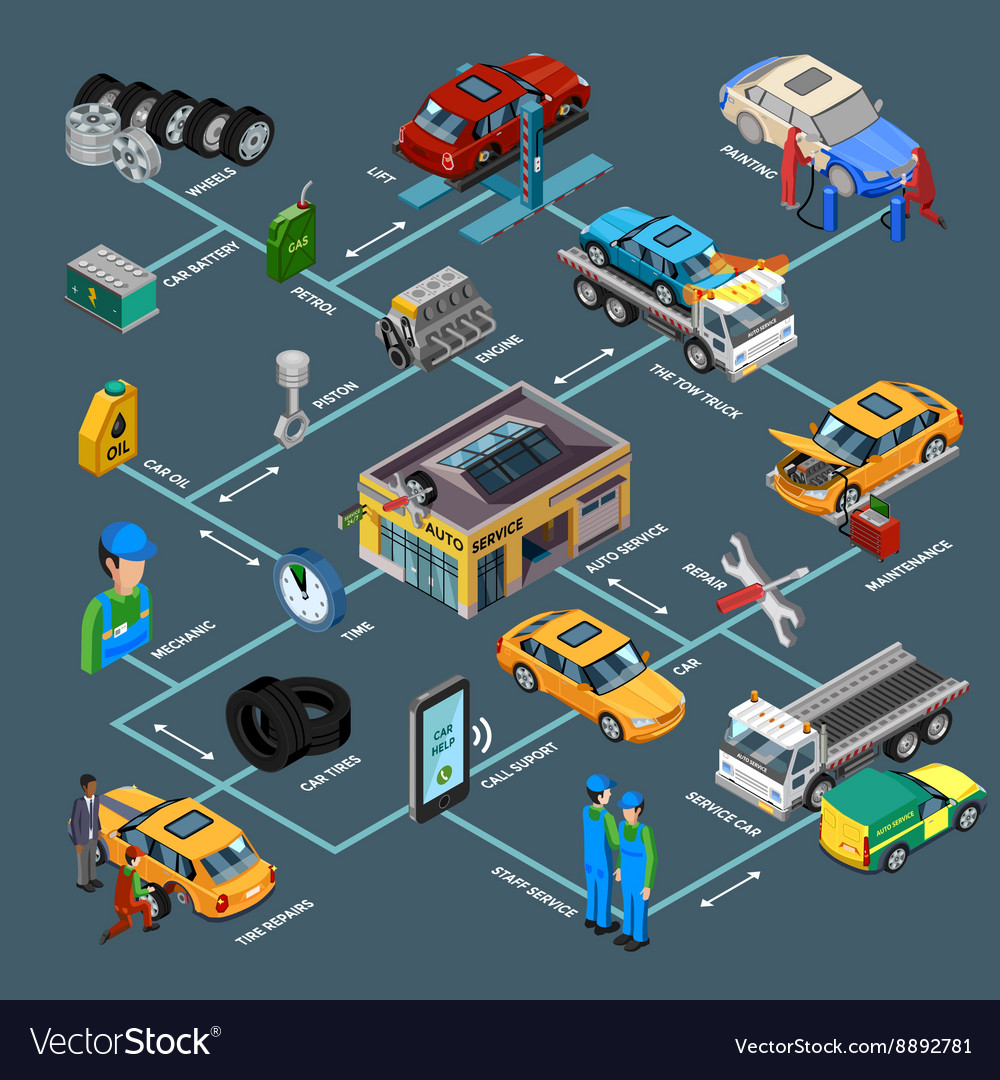Translating Your Vehicle'S Caution Indicators: What They Truly Symbolize
Translating Your Vehicle'S Caution Indicators: What They Truly Symbolize
Blog Article
Write-Up Created By-Boye Shepherd
When you're behind the wheel, those radiant caution lights on your dashboard can be a bit complicated. Do you understand what they're trying to tell you concerning your cars and truck's health and wellness? Understanding the value of these lights is vital for your security and the longevity of your automobile. So, the following time one of those lights appears, would not you wish to analyze its message precisely and take the essential steps to resolve it?
Common Caution Lights and Interpretations
Determine common warning lights in your car and understand their meanings to ensure safe driving.
The most regular warning lights include the check engine light, which signals concerns with the engine or exhausts system. If this light comes on, it's vital to have your car examined quickly.
https://andreswslfz.blogscribble.com/32172805/exactly-how-can-mobile-cars-and-truck-detailing-transform-your-automobile-treatment-experience-while-making-certain-high-quality-discover-the-crucial-factors-to-think-about-prior-to-choosing-a-detailer warning light shows reduced oil pressure, requiring prompt attention to stop engine damages.
A flashing battery light may recommend a defective billing system, possibly leaving you stranded otherwise addressed.
The tire pressure surveillance system (TPMS) light signals you to low tire stress, impacting car stability and fuel effectiveness. Overlooking this might result in hazardous driving conditions.
The ABS light suggests a trouble with the anti-lock stopping system, endangering your ability to stop swiftly in emergencies.
Finally, the coolant temperature alerting light warns of engine getting too hot, which can result in severe damages otherwise dealt with swiftly.
Understanding these common warning lights will certainly help you attend to problems without delay and keep safe driving problems.
Value of Prompt Attention
Recognizing the usual caution lights in your cars and truck is just the very first step; the relevance of immediately dealing with these cautions can't be emphasized enough to ensure your security when driving.
When a warning light brightens on your control panel, it's your car's means of interacting a potential problem that requires focus. Overlooking these warnings can result in a lot more severe troubles later on, jeopardizing your safety and potentially costing you a lot more out of commission.
Prompt attention to warning lights can prevent failures and accidents. For instance, a flashing check engine light could suggest a misfire that, if left ignored, might trigger damages to the catalytic converter. Addressing howick club can conserve you from a pricey repair service.
Similarly, a brake system cautioning light may signal reduced brake fluid or worn brake pads, important parts for your safety when driving.
Do It Yourself Troubleshooting Tips
If you see a caution light on your dashboard, there are a few do it yourself troubleshooting tips you can attempt before seeking specialist assistance.
The primary step is to consult your vehicle's handbook to understand what the certain caution light indicates. Occasionally the problem can be as straightforward as a loose gas cap causing the check engine light. Tightening up the gas cap might deal with the issue.
An additional usual concern is a low battery, which can set off numerous cautioning lights. Checking the battery connections for corrosion and guaranteeing they're safe might fix the trouble.
If a warning light lingers, you can attempt resetting it by detaching the cars and truck's battery for a couple of minutes and then reconnecting it. In addition, inspecting your automobile's liquid levels, such as oil, coolant, and brake fluid, can aid fix warning lights connected to these systems.
Final thought
In conclusion, understanding your car's caution lights is essential for keeping your vehicle running efficiently and securely. By immediately resolving these informs and understanding what they imply, you can avoid pricey repairs and potential malfunctions.
Remember to consult your cars and truck's guidebook for specific information on each alerting light and take action appropriately to ensure a hassle-free driving experience.
Keep informed, remain secure on the road!
